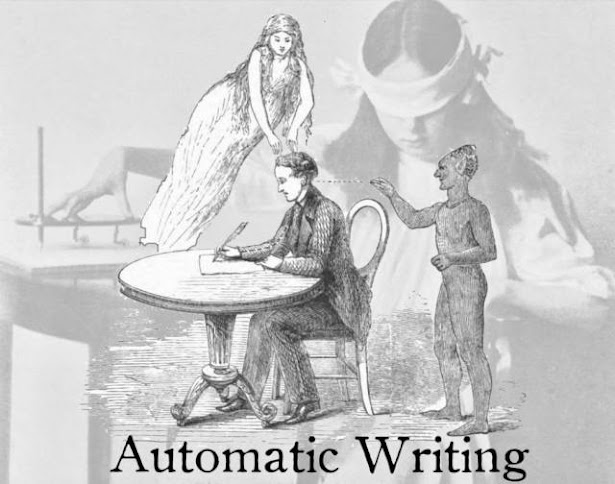Augustine (Aage) of Dacia's 1260 AD summary of the Medieval Fourfold Method (Quadriga) as opposed to later formulations.
I offer this as a corrective. The earliest known text to include the Quadriga is thought to be Augustine (Aage) of Dacia's Rotulus Pugillaris (1260), as follows:
Littera gesta docet, quid credas allegoria.
(The Letter teaches acts [what was literally done], the Allegory what you should believe)
(The moral [teaches] what you should do, the Anagogy, what you should hope for)
I offer clips of the original to aid in the accurate representation of both Augustine's and Nicholas of Lyra's versions.
Very often sources misrepresent the former author by presenting a form with a different final statement, so that instead of Augustine's "quid speres anagogia," (Anagogy, what you should hope for), he is credited instead with quo tendas anagogia, (The Anagogy, where you should be bound) a form used, for example, by Nicholas of Lyra (see below).
Examples of the error can be found, to mention only few examples, in the following:
J. Nohrnberg, "Exegesis," Princeton Encyclopedia of Poetry and Poetics (4th ed.; eds. Roland Greene, et al.; Princeton and London: Princeton University Press, 2012), 467.
Gerard McLarney, St. Augustine's Interpretation of the Psalms of Ascent (Washington, DC: Catholic University Press of America, 2014), 57, n 184.
Umberto Eco, From Tree to Labyrinth: Historical Studies on the Sign and Interpretation (Tran. Anthony Oldcorn; Cambridge, MA and London, UK: Harvard University Press, 2014), 132.
Francis Martin, "Some Directions in Catholic Biblical Theology," in Out of Egypt, Biblical Theology and Biblical Interpretation (Scripture and Hermeneutics Series 5; eds. Craig Bartholomew, Mary Healy, Karl Möller, Robin Parry; Grand Rapids, MI: Zondervan, 2004),78.
Humbertus R. Drobner, Fathers of the Church: A Comprehensive Introduction (trans. Siegfried S. Schatzmann; Peabody, MA: Hendrickson, 2007), 141.
William Yarchin, History of Biblical Interpretation: A Reader (Peabody, MA: Hendrickson, 2004), 101. (seemingly).
Alister E. McGrath, Luther's Theology of the Cross (2nd ed.; Oxford, UK: Wiley-Blackwell, 2011):103, n. 20.
McGrath presents a special case since he gives as the final part, not quid speres Anagogia as in Augustine of Dacia, nor quo tendas anagogia as in Nicholas of Lyra, but quo tendis, anagoria, but again, wrongly attributing it to Augustine of Dacia.
McGrath complicates matters by citing not only the 1955 article presenting the text of Augustine's Rotulus Pugillarus, but also an earlier article on Augustine (Aage) by the same person as edited that text, namely: A. Walz, “Des Aage von Dënmark ‘Rotulus pugillaris’ im Licht der dominikanishen Kontroverstheologie,” Classica et Mediaevalia 15 (1954): 198-252.
By doing so McGrath raises the question whether Walz's 1954 article might contain the alternative form McGrath gives in place of the one that actually appears in Aage’s text itself. In fact it does not.
I offer clips of the original to aid in the accurate representation of both Augustine's and Nicholas of Lyra's versions.
Earliest known occurrence of the Quadriga (Augustine of Dacia, Rotulus Pugillaris [1260])
Nicholas of Lyra’s Glossa
Ordinaria in Bibliorum
sacrorum cum glossa ordinaria (vol. 1: first prologue
to Lyra’s Postilla)
Nicholas of Lyra’s Glossa
Ordinaria in Bibliorum
sacrorum cum glossa ordinaria (vol. 6: column 505).









Comments
Post a Comment